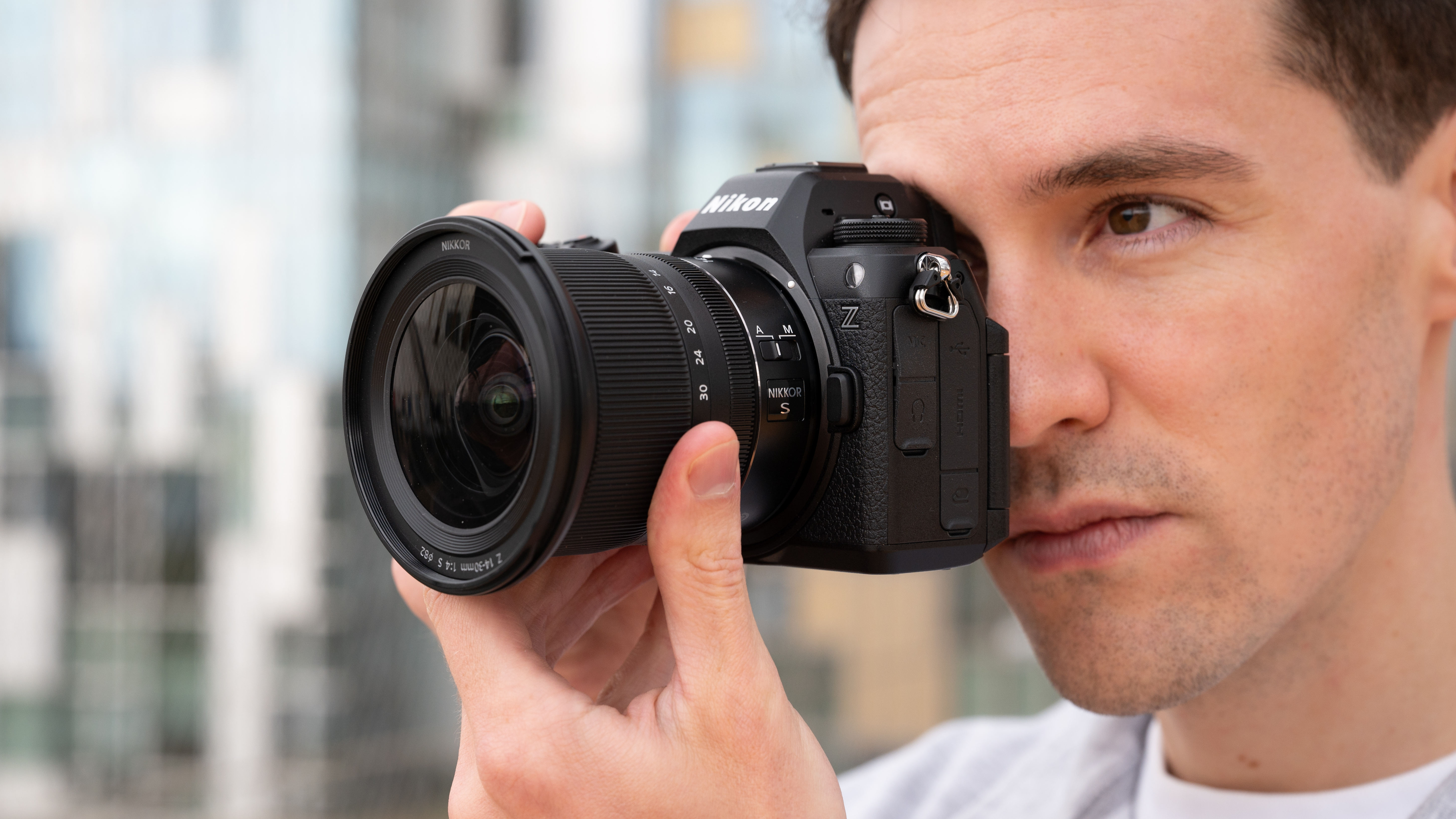
The new Nikon Z6 III possesses a spec sheet stuffed with intriguing features – none more so than its partially stacked image sensor, a world-first.
The question is, what does "partially stacked" actually mean?
Well, in terms of performance, it enables the Nikon Z6 III to achieve speeds never before seen on a 24MP full-frame camera. It matches the 120fps bursts (albeit in cropped DX format, at around 10MP) of the fully stacked 45.7MP Nikon Z8 and Z9 flagship cameras.
It also makes the camera capable of crazy video resolution, including internal full-frame 6K 60p RAW, full-frame 1080p 240p and DX-crop 4K 120p. All of which is a first for a full-frame sensor in this category.
So, what does "partially stacked" mean in technical terms? I asked Nikon to explain the science – though this isn't quite the techy talk-through I was hoping for. This is how Ricci Chera, Nikon School Trainer, explained it:

"The partially stacked full frame sensor in the Nikon Z6 III allows for much faster readout speeds over the Nikon Z6 II. This faster readout helps to reduce rolling shutter, increase resolution and frame rates in video and improve performance when shooting still images.
"A partially stacked sensor is not as fast as the fully stacked sensor in the Z8 and Z9, however the Z6 III has the fastest sensor readout in its class."
That explained what a partially stacked sensor does, but not really what it is. Thankfuly, everyone's favorite techy YouTuber Gerald Undone gave us this explanation:
"Only some portions of the sensor have that extra circuitry that make it stacked, located at the top and the bottom to give the sensor an impressive speed boost without inflating the cost as much when compared with other fully stacked sensors."
So there you go. I always thought that being stacked was a binary thing; that a sensor either is stacked or it isn't (much as a sensor either is global shutter or it isn't). Turns out that specific segments of an image sensor can be stacked, rather than the whole thing, to ramp up performance in specific ways. Thanks for the explainer, Gerald!
You might be interested in reading more about the best Nikon cameras, along with the best Nikon Z lenses specifically and the best Nikon lenses for DSLRs and mirrorless alike.







